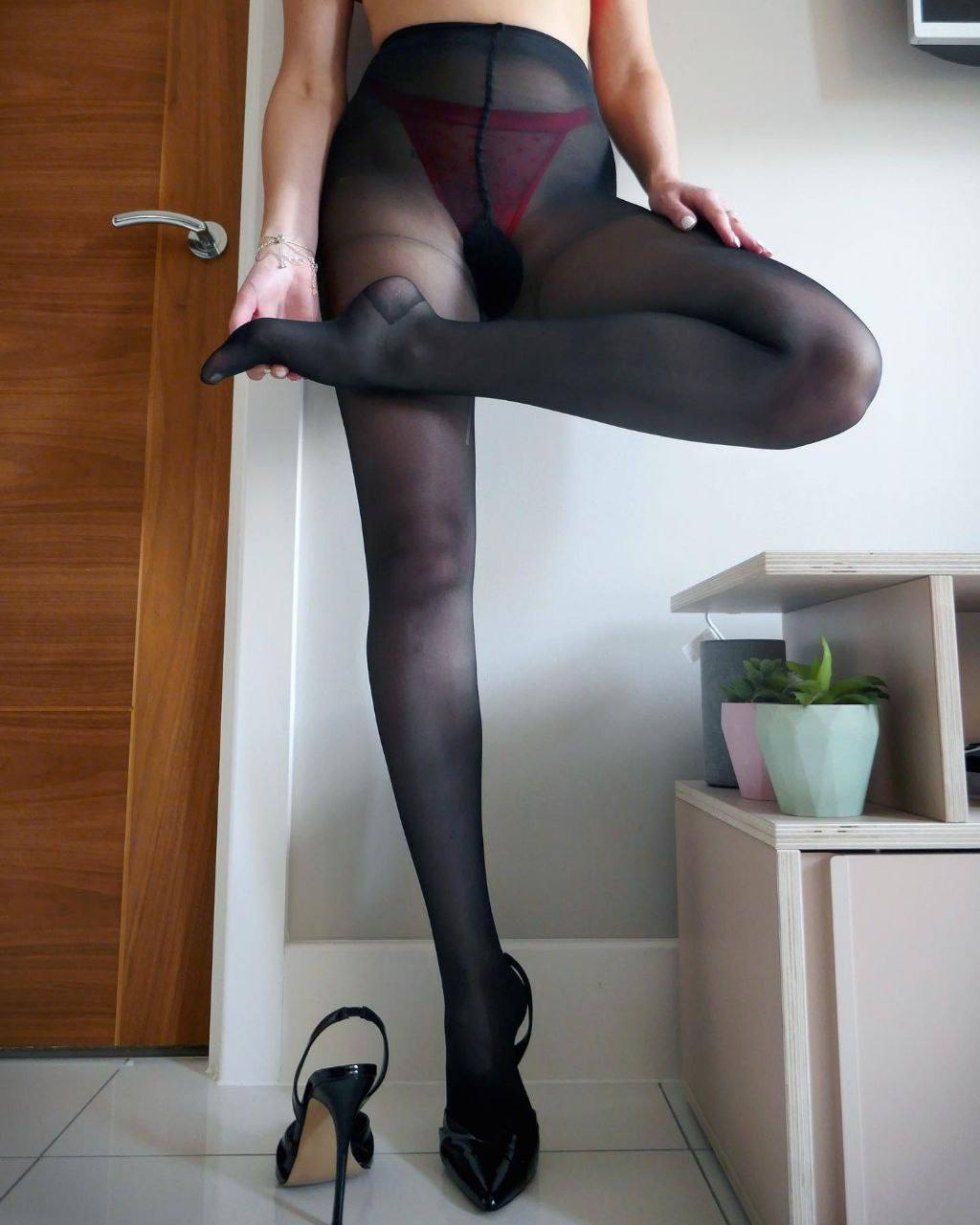Unlocking the Hidden Power of Body Language to Boost the Effectiveness of Your Meetings
In any collaborative environment, communication extends far beyond mere words. Every gesture, glance, and posture carries meaning, shaping the dynamics of interaction. Embracing this intricate dance of signals can significantly transform the way ideas are shared and understood among team members.
Imagine walking into a room full of colleagues, where the air is thick with anticipation. Subtle cues can either create a collaborative atmosphere or foster misunderstandings. By tuning into these non-verbal markers, participants can create a deeper connection, facilitating smoother exchanges and fostering better teamwork.
This exploration delves into ways individuals can become attuned to the vital role of non-verbal communication. Recognizing these silent signals not only boosts personal confidence but also cultivates an environment ripe for innovation and synergy.
Understanding Nonverbal Cues in Discussions
Every time we engage in conversations, much of what we communicate goes beyond spoken words. It’s fascinating how gestures, facial expressions, and posture can significantly shape our interactions. These subtle signals provide valuable insights, often revealing feelings and intentions that words might not express.
In a collaborative setting, recognizing these cues can make a world of difference. For instance, crossed arms might signal defensiveness or discomfort, while an open stance suggests receptiveness and engagement. Paying attention to how others position themselves can reveal their level of interest and participation in the dialogue.
Eye contact is another essential aspect. Maintaining eye connection highlights trust and confidence, while avoidance may indicate anxiety or disinterest. Cultivating awareness of these dynamics can lead to more meaningful exchanges and foster a healthier environment for teamwork.
Facial expressions also play a critical role. A slight smile or raised eyebrows can convey encouragement and enthusiasm, creating an atmosphere conducive to sharing ideas. Conversely, a furrowed brow might suggest confusion or disagreement, prompting a rethink of the conversation’s direction.
Lastly, synchronizing your movements with those of others can enhance rapport. Mirroring gestures can create a sense of connection, indicating shared understanding. This nonverbal alignment strengthens relationships and supports a collaborative spirit, vital for any successful interaction.
Techniques to Improve Audience Engagement
Engaging an audience can transform a standard presentation into an unforgettable experience. When participants feel connected and involved, the likelihood of achieving desired outcomes increases significantly. Here, we’ll explore a variety of methods that can make your interactions more compelling and lively.
- Utilize Open-Ended Questions: Encouraging discussion by asking questions that require more than a yes or no answer invites participation and fuels dialogue.
- Incorporate Interactive Elements: Use polls, quizzes, or live demonstrations to break the monotony and keep the audience on their toes.
- Employ Storytelling: Sharing relatable experiences or anecdotes can create emotional connections and make content more memorable.
- Make Eye Contact: Establishing visual connections with individuals helps create a sense of intimacy and shows that you value their presence.
- Vary Your Tone and Pace: Shifting your vocal delivery can capture attention and emphasize key points, ensuring listeners remain engaged.
- Encourage Collaboration: Form small groups for discussions or brainstorming sessions to foster a sense of community and shared purpose.
By implementing these strategies, speakers can build stronger relationships with their audience, resulting in greater engagement and satisfaction. It’s all about creating a dynamic atmosphere where everyone feels valued and involved!
Building Trust Through Nonverbal Cues
Creating a bond with others is essential, especially in collaborative settings. The way we present ourselves without uttering a single word can play a crucial role in forming connections. Subtle gestures, facial expressions, and posture all contribute to the perception of sincerity and reliability.
Engaging in open and relaxed postures helps establish a welcoming atmosphere. When individuals lean slightly forward, they signal interest and attentiveness, which fosters a sense of unity. Maintaining eye contact is another powerful tactic; it conveys confidence and honesty, making others feel acknowledged and respected.
Furthermore, mirroring the gestures of those around you can create a sense of harmony. This technique, often employed subconsciously, helps people feel understood and creates an unspoken bond. A genuine smile can also work wonders, as it invites warmth and approachability, setting a positive tone for interactions.
On the flip side, closed-off behaviors, such as crossing arms or avoiding eye contact, can instill doubt and suspicion. It’s important to be mindful of these signals, as they can undermine efforts to cultivate a trusting environment. Developing awareness of these nonverbal signals is key to enhancing relationships and facilitating constructive dialogues.










Simply internet bank things out… Adore the photos! I attempt to learn by checking out other images, too.
Merely on the internet checking things out… Adore the photos! I try to know by considering various other images, also.